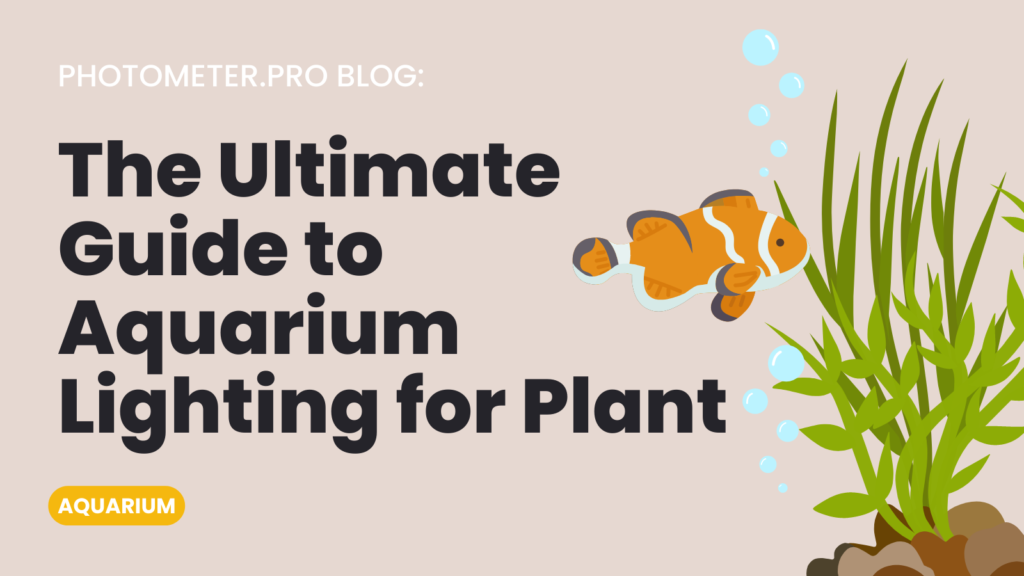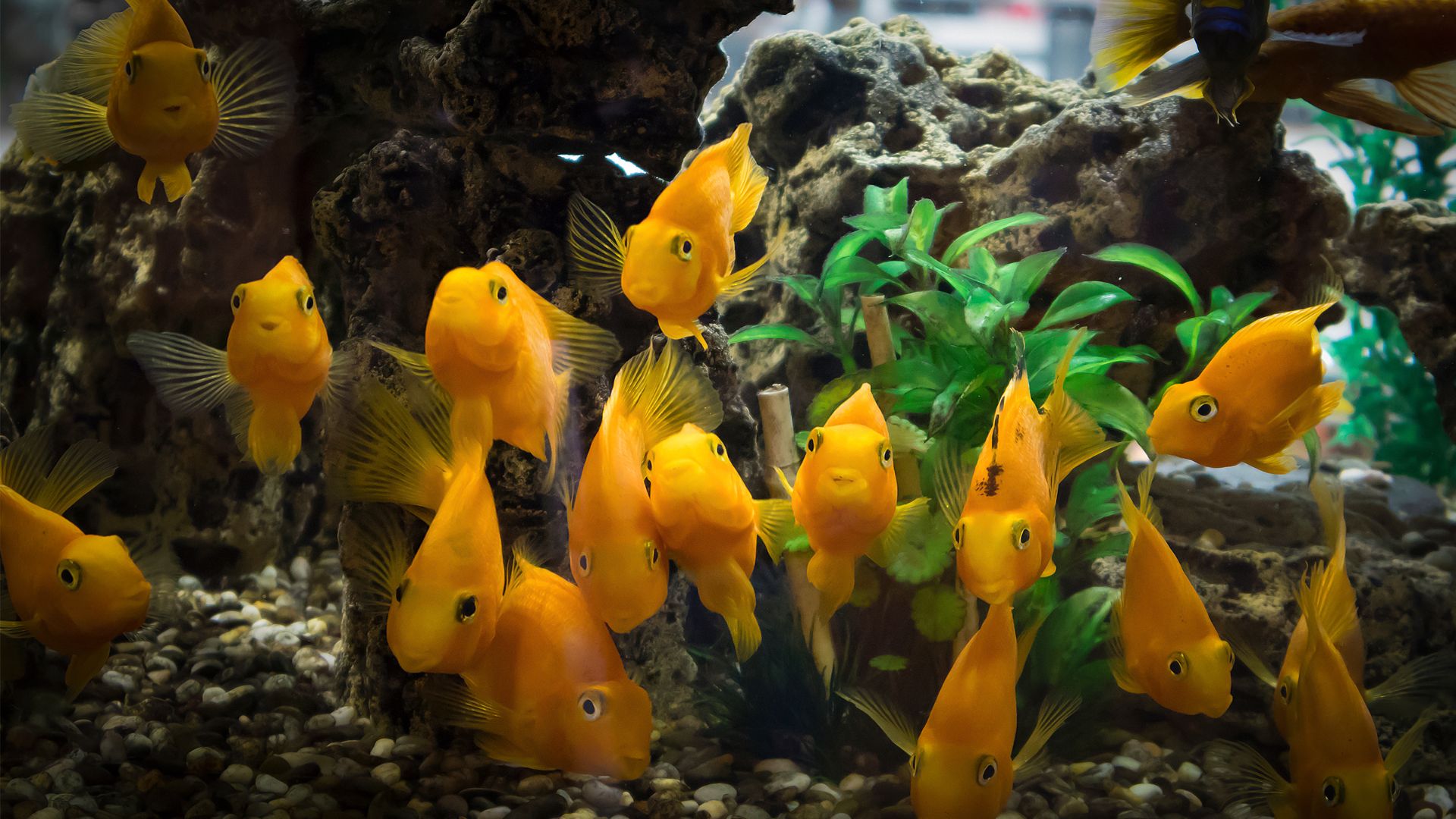Aquarium lighting for plant growth is an essential part of keeping your fish happy and healthy. It’s also a great way to add some color to your home or office! If you’re looking for the perfect aquarium light, this guide will help you choose the right one.
Introduction
Aquarium lighting is an essential part of aquarium keeping. It is one of the most important factors in helping your fish thrive, and it also has a significant effect on plant growth. This article will explain what aquarium lighting is and why it’s important for plant growth, as well as how to choose the right light bulb for your plants.
What Is Aquarium Lighting?
Aquatic plants require both sunlight and artificial light in order to grow properly. The sun provides natural UV rays that help your aquatic plants photosynthesize by producing food through photosynthesis (the process by which green plants make their own food).
These UV rays are necessary because they stimulate certain pigments within each individual cell, allowing them to produce energy from CO2 instead of relying solely on carbon sources like sugars or other carbohydrates found in soil substrates used within aquarium tanks containing live aquatic specimens such as fish tanks containing live aquatic specimens such as goldfish or tropical freshwater urchins etcetera…
The Basic Structure of Aquarium Lighting for Plants
Aquarium lighting for plants is an essential part of any aquarium setup. Plants are an integral part of the aquatic ecosystem, providing food, oxygen, and shelter for many fish and invertebrates. In addition to these benefits, however, plants can also help to make your aquarium more visually appealing by adding color and texture.
In order to grow properly in an aquarium environment it is important that light levels are appropriate for each particular species’ needs; too much or too little light will result in poor growth or even death for some plants (or your fish!).
The most common type of lighting used by hobbyists is fluorescent tubes which come in a variety of different lengths ranging from 2-4 inches up to 8 inches long; these tubes contain one or more bulbs inside them along with a ballast unit that regulates power supply voltages so you don’t burn out anything else such as fuses/circuit breakers etc.

How to Choose the Most Suitable Aquarium Light for Plant Growth
Choosing the right aquarium light for your plants is one of the most important decisions you’ll make when setting up an aquarium. The type of plant you want to grow will determine what kind of light you need, as well as how much light is needed for it to thrive.
For example, if you want to grow lots of different types of plants and algae together in a community tank then high PAR values will be needed (more than 3 watts per gallon). Alternatively, if all you want is a few high-light demanding species such as java ferns or mosses then lower PAR values are fine (around 2 watts per gallon).
In addition to choosing the right type and amount of lighting there are other factors that influence how well your plants grow under artificial lights:
Types of Aquarium Light Bulbs and Fixtures
There are many types of aquarium lights and fixtures to choose from, but you should always buy the highest quality you can afford. In order to grow plants in an aquarium, you will need light that produces both blue and red wavelengths. This is because plants use these wavelengths for photosynthesis (the process by which they convert sunlight into energy).
The most common type of aquarium lighting is fluorescent bulbs; they come in various lengths with wattages ranging from 5 watts to 40 watts per tube. These bulbs produce light in the blue/green spectrum and are great if you want to keep low-growing or floating plants like water hyacinths or duckweed alive in your tank–but not much else!
T5 bulbs have become increasingly popular over time due to their higher intensity than standard fluorescent tubes while still maintaining affordability compared with other options such as metal halide lamps or LED strips.”
Power and Wattage of Aquarium Lights
When it comes to aquarium lighting, power, and wattage are important considerations. But they’re not the only ones. The distance between your plants and their lights is also an important factor in how well they grow.
The amount of power you need depends on the size of your tank–the bigger the aquarium, the more light it will need. For example: if you have a 10-gallon aquarium with several fish inside (or even just one), it will require less light than if you were keeping more than 10 gallons worth of water filled with aquatic life.
If you’re looking for suggestions on what wattage would be best for a specific type of plant based on its needs and requirements then check out this chart below!
To help you grow your plants, we have compiled everything you need to know about aquarium lighting.
The factors to consider when choosing an aquarium light:
- What kind of tank do you have?
- How big is the tank?
- What kind of plants will be in it? Do they need bright or low-light conditions?
- What kind of fixture works best for my situation (in terms of price and aesthetics)?
- Do I want something that can change colors automatically based on sunrise/sunset times so that I don’t have to worry about remembering when it’s time for me to turn off my lights each day?
Conclusion
We hope that this article has helped you understand the basics of aquarium lighting for plants. As we mentioned before, there are many different types of bulbs and fixtures available on the market today. We recommend starting with fluorescent or LED lights if you have limited space or budget concerns but still want to get a good result from your plant growth experiment.
Editorial Team
I help fin-tech digital product teams to create amazing experiences by crafting top-level UI/UX.



